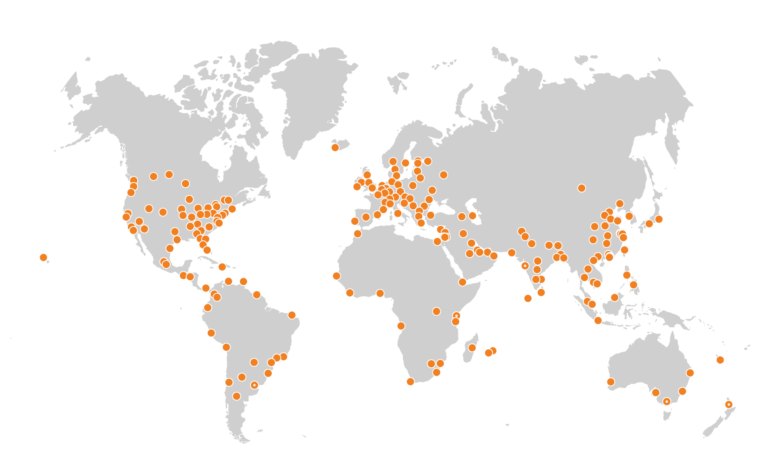Can AI Make Semiconductors Greener?
Sounds like a bold question and the U.S. government wants a bold answer. They plan to invest $100 million to drive sustainable semiconductor development. This greener initiative, announced by the U.S. Commerce Department, aims to encourage the creation of eco-friendly, resource-efficient semiconductor materials.
Leveraging the power of AI-driven autonomous experimentation, this investment hopes to streamline the process of developing cutting-edge materials while addressing the ever-growing demand for semiconductors.
AI and Sustainability: A High-Tech Partnership
The push for sustainable semiconductor development couldn’t come at a better time. As the world’s reliance on technology grows, so does the need for efficient and greener materials. Enter AI. By using AI to enhance autonomous experimentation, researchers can more quickly develop materials that reduce the environmental impact of semiconductor production.
This initiative is part of the broader CHIPS and Science Act, which has earmarked $52.7 billion for the semiconductor industry. While the larger act focuses on bolstering U.S. manufacturing, this $100M subset aims to explore how AI can be harnessed to make semiconductor development more sustainable—cutting down on energy, water, and raw materials used in the production process.
Collaboration Across Sectors
The U.S. government is not acting alone in this effort. The initiative encourages collaboration between universities, national laboratories, and private-sector companies. By promoting partnerships across these sectors, the program hopes to accelerate the development of new semiconductor materials while maintaining the high standards required for modern electronics.
The ultimate goal is to significantly reduce the environmental footprint of semiconductor manufacturing, making the whole industry greener. As Arati Prabhakar, Director of the White House Office of Science and Technology Policy, noted:
AI’s ability to accelerate the development of new materials is a game-changer, particularly when we’re talking about sustainability.
How AI-Powered Autonomous Experimentation Works
So, how exactly does AI help in semiconductor development? Can AI actually make this industry greener?
Through AI-powered autonomous experimentation (or AI/AE), researchers use AI tools combined with automated synthesis and characterization methods to design and test new materials. Essentially, the AI can quickly iterate on potential material combinations, optimizing for sustainability and performance at a pace far faster than traditional methods.
This approach is expected to not only reduce development timelines but also minimize the resources needed to bring these new materials to market. By 2025, the goal is to have AI/AE processes in place that meet the needs of the semiconductor industry while drastically reducing resource consumption. This is a critical step forward, especially as demand for chips continues to skyrocket across industries, from consumer electronics to electric vehicles.
CHIPS for America: Strengthening U.S. Leadership
At the heart of this initiative is the CHIPS for America program. Established by the CHIPS and Science Act of 2022, this program is designed to secure U.S. leadership in semiconductor manufacturing and innovation. The $52.7 billion initiative focuses on boosting domestic production, driving research, and encouraging collaboration across public and private sectors.
With this $100M investment, the U.S. government is doubling down on its commitment to sustainable, tech-driven solutions. As Secretary of Commerce Gina Raimondo emphasized, this investment “will not only bolster our domestic semiconductor industry but also help lead the way in sustainable manufacturing solutions, especially as we face growing environmental challenges.”
Looking Ahead: Expanding Innovation
Later this year, the Commerce Department plans to release a Notice of Funding Opportunity, inviting universities, research institutions, and private companies to apply for grants. The focus will be on expanding participation in the semiconductor research ecosystem, ensuring that new voices and emerging institutions have a seat at the table.
This initiative highlights the potential of AI to transform not just semiconductor development but the entire tech industry. By promoting collaboration across sectors, creating innovation, and prioritizing sustainability, the U.S. is taking critical steps toward securing its leadership in this ever-evolving landscape.
Keep an eye out for more updates on this or other AI events with us at blackoutai.com.
–BlackoutAI editors









+ There are no comments
Add yours